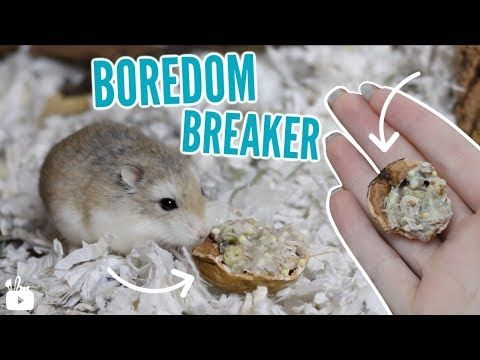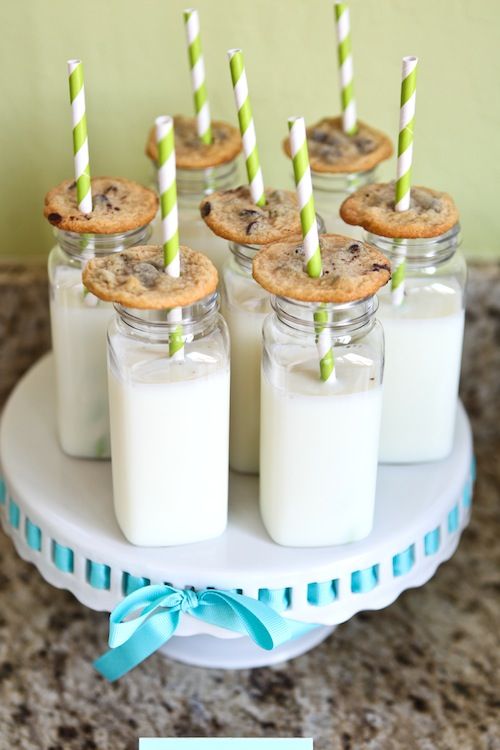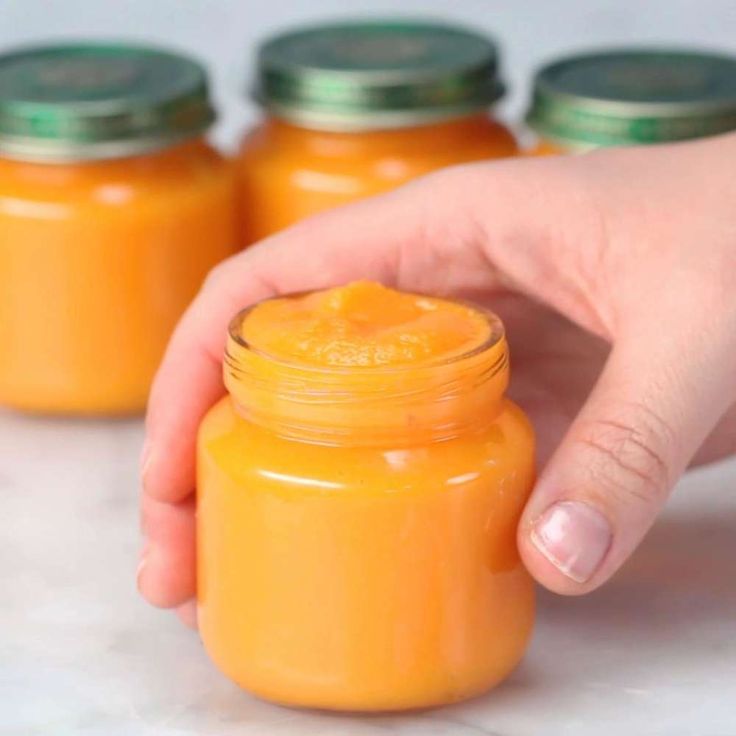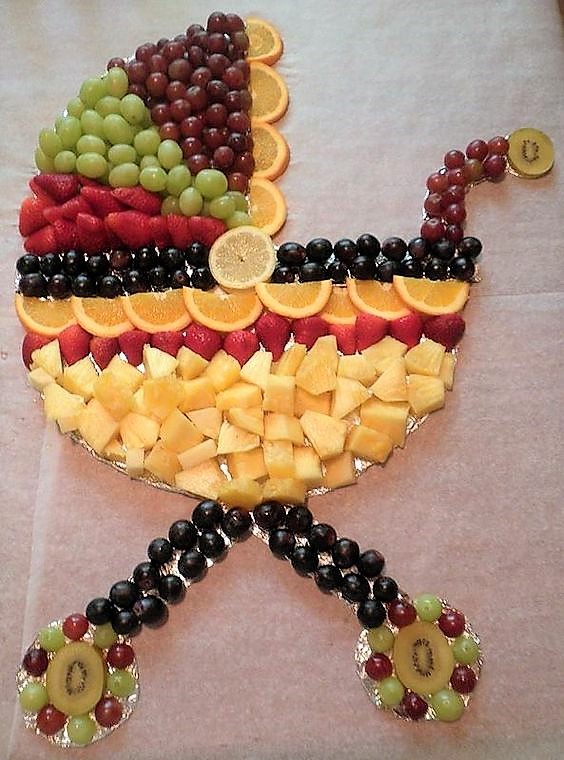What to feed baby dwarf hamsters
How To Feed Baby Hamsters
Have a pregnant hamster? Not sure what to feed her or the babies? These tips will help guide you to the best hamster diet during these life stages.
What Do Pregnant Or Mother Hamsters Eat?
Mother hamsters need extra protein while they are pregnant or nursing. Feed them boiled egg, bits of cooked unseasoned chicken or beef, mealworms (usually available at high-end pet stores) and fruits or vegetables rich in vitamins A (natural A is good) and E.
Broccoli, sweet apple (as opposed to sour green apple), cantaloupe, and peas are all good fruit and vegetable choices for your hamster.
During pregnancy the restriction on sunflower seeds may be safely lifted; let the hamster eat as much as she can. Pregnant hamsters need the extra folic acid and vitamins as well as the fats and proteins that sunflower seeds provide, which is why mother hamsters can eat more. Protein needs for a hamster increase 60 percent during pregnancy. Nursing 14 to 28 pups in a litter can sap a mother hamster’s reserves; she’ll be able to use the fat in the seeds to keep from losing weight.
Always provide plenty of hamster food for a nursing mother hamster. She’ll need the food both physically and emotionally. Having plenty of resources to draw from makes a mother hamster feel secure and less stressed, which gives the hamster pups the best chance of survival. Hamster babies continue to nurse for almost three weeks after birth.
Feeding Baby Hamsters
Baby hamsters are usually well cared for by their mothers, but you can offer a few foods to help the hamster pups along. Baby hamsters will likely benefit from wheat germ cereal early in their development, so sprinkle a little close to the nest. Also small seeds such as millet are good for hamster pups, even those younger than 10 days old. Place a whole sprig of millet in the cage as an extra treat for the mother. This gives her something interesting to do, because she will need to gather the seeds off the stem.
Sometimes you will need to feed a hamster pup if the mother dies or rejects it. This will be a full-time job. Pups less than 8 days old have a poor survival rate, but you should still try. It can be rewarding to nurse a young hamster to adulthood. Saving a motherless hamster pup involves more than just feeding it, but our focus is nutrition.
Pups less than 8 days old have a poor survival rate, but you should still try. It can be rewarding to nurse a young hamster to adulthood. Saving a motherless hamster pup involves more than just feeding it, but our focus is nutrition.
Feed a pup evaporated milk mixed in a 50/50 solution with water. Warm the solution to 90 degrees Fahrenheit before feeding it to the baby hamster. Administer the solution via syringe or feeding wick (available at most pet stores). You may also use puppy or kitten formula. The volume to feed varies with the type of hamster.
Feeding Baby Dwarf Hamsters
For a dwarf hamster less than 2 weeks old, start at 2 drops every half-hour around the clock. Increase this to 3 drops every half-hour as it approaches 2 weeks of age. When the hamster pup reaches 2 weeks of age, increase the volume to 1/2 milliliter every hour. While nursing on this formula also provide wheat germ, small seeds and something fresh such as broccoli.
Hamsters continue to nurse for up to 3 weeks in extreme cases. This doesn’t mean that the hamsters won’t eat solid foods. Hamster pups start using their teeth at about 5 days old on smaller seeds. If you provide wheat germ by sprinkling it close to the nest, small hamster pups will lick at it.
This doesn’t mean that the hamsters won’t eat solid foods. Hamster pups start using their teeth at about 5 days old on smaller seeds. If you provide wheat germ by sprinkling it close to the nest, small hamster pups will lick at it.
During the third week you should see hamster pups eating from the bowl of solid foods. You can breathe easy after three weeks and start weaning them from the milk. To wean a hamster, just reduce the amount of milk given by half for a day or two and then stop all milk by the next day.
Feeding Baby Syrian Hamsters
For a Syrian hamster or other full-sized species of hamster, increase the amount of milk offered. Start with 1 milliliter 12 times a day around the clock until the hamster pups are 2 weeks old. After 2 weeks, feed them 2 milliliters 8 times a day. Provide the hamster pups with wheat germ, small seeds and something fresh while feeding the formula.
Around 3 weeks of age, you should see the hamster pups start to eat solid food. When you see this, gradually wean them off the formula. If you watch hamster pups carefully you’ll notice that they eat droppings from adult hamsters. This is normal and quite necessary. The droppings contain bacteria that the hamster pups need to help them break down and digest the mostly cellulose foods they eat. This is true for orphan hamsters as well. If you are a surrogate parent, remember to place droppings from an adult hamster near the nest so the pups you are nursing can benefit.
When you see this, gradually wean them off the formula. If you watch hamster pups carefully you’ll notice that they eat droppings from adult hamsters. This is normal and quite necessary. The droppings contain bacteria that the hamster pups need to help them break down and digest the mostly cellulose foods they eat. This is true for orphan hamsters as well. If you are a surrogate parent, remember to place droppings from an adult hamster near the nest so the pups you are nursing can benefit.
By: Doran Jones
Excerpt from the Popular Critters Series magabook Hamsters with permission from its publisher, BowTie magazines, a division of BowTie Inc.
Share:
A List of Everything a Dwarf Hamster Can Eat
By Jasey Kellyi hamster lunch time image by cat from Fotolia.com
Dwarf hamsters can—and should—eat a variety of different foods for their balanced diet. Unlike Syrian hamsters, dwarf hamsters are at a high risk of diabetes and need special diets to make sure their blood sugar level stays in check.
Diabetes
Because dwarf hamsters are very prone to diabetes, they can't handle the same foods as Syrian hamsters. Many commercially available kibble formulas have ingredients that can upset the delicate balance of your dwarf hamster's blood sugar levels. Fruits, sweets and refined products shouldn't be fed to these little guys.
Veggies and Seeds
Vegetables are among the safest, healthiest treats to feed to dwarf hamsters in addition to a well-balanced kibble formula. As with humans, many colorful or dark-colored vegetables provide necessary nutrients and vitamins. Green leafy Romaine or other lettuces are ideal, as well as spinach leaves. Broccoli, cauliflower and kale are crunchy additions to his diet. Other examples of healthy vegetables include cucumbers, celery, red and green peppers, bok choy and sweet potatoes. Beans and legumes are also an acceptable treat. Nuts and seeds are OK, but feed sparingly, as they have high fat content.
Proteins
While it may come as a surprise, dwarf hamsters need their protein and will eat several different meat, fish and other proteins. Vegetarian options for protein include spirulina and seaweed, roasted soybeans, flaxseed and tofu. He'll also benefit from boiled chicken, canned and drained tuna, boiled chicken or turkey, cooked egg whites with small amounts of egg yolk and unseasoned poultry baby food. Some dairy products are OK in small amounts, such as low-fat plain yogurt and unprocessed cheeses.
Vegetarian options for protein include spirulina and seaweed, roasted soybeans, flaxseed and tofu. He'll also benefit from boiled chicken, canned and drained tuna, boiled chicken or turkey, cooked egg whites with small amounts of egg yolk and unseasoned poultry baby food. Some dairy products are OK in small amounts, such as low-fat plain yogurt and unprocessed cheeses.
Grains
Whole grains are ideal as a snack and as an addition to a balanced meal. Cooked pastas, whole wheat toast and cooked whole-grain rices are ideal snacks as long as they are cooled completely. Whole-grain unsweetened cereals also provide a healthy snack while giving your dwarf hamster something crunchy to gnaw on.
Foods to Avoid
Carrots, corn, fruit, white rice and white bread should be avoided because of the high sugar content. Sugars, including maltose, fructose or dextrose, should also be avoided for dwarf hamsters. Other foods to avoid are potatoes, raisins, sprouts, garlic and onions, because of the risk of toxicity.
References
- Small Angels Rescue: Caring for Diabetic Dwarf Hamsters [PDF]
- Small Angels Rescue: Hamster Care Information [PDF]
Photo Credits
Writer Bio
With a professional background in gardening, landscapes, pests and natural ecosystems, Jasey Kelly has been sharing her knowledge through writing since 2009 and has served as an expert writer in these fields. Kelly's background also includes childcare, and animal rescue and care.
How to make a diet for a hamster
Proper nutrition is important not only for humans. Your pet must receive all the necessary nutrients - the only way to avoid problems with the health of the hamster.
When compiling a diet, the following points must be taken into account:
- age of the animal;
- temperament, habits;
- general health.
For a better understanding of the principle of selecting healthy feed and diet, it is useful to study the habits of rodents in the wild. These animals drink little liquids and always make “stocks of food”.
These animals drink little liquids and always make “stocks of food”.
Feed the hamster twice a day, and the main portion is given in the evening. If a hamster is trying to bury food in a secluded place in the cage, he should not be allowed to do this. Feed can spoil and become the cause of various diseases. It is better to reduce the amount of food. The diet should be balanced, of high quality. It is best to buy feed in specialized stores. nine0003
The best diet for rodents is a grain mixture and green food - this is what they eat in nature. Seeds of wheat, oats, corn are suitable as grain. You can feed hamsters watermelon, pumpkin, sunflower seeds, beans, peas. Infrequently, but you can give walnuts, pine nuts, cashews, peanuts.
Leaves of plantain, dandelion, clover are suitable as green fodder. Rodents like beetroot, carrot tops, lettuce leaves. In winter, hamsters are fed hay from forbs. Branches of linden, maple, willow, apple, pear, birch, as well as branches of shrubs (rose hips, raspberries, black currants) are ideal for grinding teeth. Leaves and branches should be collected away from roads, it is best to do this during trips to nature. nine0003
Leaves and branches should be collected away from roads, it is best to do this during trips to nature. nine0003
In the diet of hamsters, you can add fruits and vegetables. Pieces of dried apples, pears, various berries are a delicacy for rodents. They also love carrots, beets, zucchini, cucumbers, pumpkins, potatoes. Fresh, you can feed slices of banana, apricot, pears, peaches.
The diet of domestic hamsters in small quantities should contain protein foods. It is recommended to give rodents a little cottage cheese, a boiled egg, milk, and once a week - a small piece of boiled meat. Many hamsters like small insects - ants, worms, grasshoppers, beetles, locusts. It is best to buy such "live" food in pet stores. You should also give the hamster vitamins and mineral supplements (drops, tablets ...), they are mixed with fresh feed. nine0003
Fresh food is given in the morning, grain in the evening feeding. Strongly not recommended for rodents: products from the table, sweets, fatty dairy products, mushrooms, exotic fruits. It is forbidden to give cabbage, sorrel, onion, garlic.
It is forbidden to give cabbage, sorrel, onion, garlic.
Australian Shepherd: character traits, maintenance and care
More details
Interesting facts about rodents
More details
Changing food for a maturing dog
More details
How not to make a mistake when choosing cockatiels
Read more
How to feed hamsters | My pets
You will have to feed the babies left without a mother In most cases, the news about the offspring of rodents pleases the owners of hamsters (read more about breeding hamsters here). However, there are circumstances that can darken it. In particular, the female may die during childbirth or abandon her babies. In order for the latter not to die, the owners will have to take on the mission of feeding small hamsters. And here, how and what to feed babies — we will tell you in our today's publication…
What little hamsters need
This is what newborn hamsters look like Of course, only when they are born, rodents are completely dependent on who will take care of them. If everything is fine, then the female hamster takes care of providing them with vital things. But, if something went wrong, the most important thing - warmth and food, you will have to provide the kids.
If everything is fine, then the female hamster takes care of providing them with vital things. But, if something went wrong, the most important thing - warmth and food, you will have to provide the kids.
Socket
Equip a special warm nest for them so that the crumbs in it are warm and cozy. You can put down a heating pad to keep the temperature constant, or use a heat pad. Fortunately, these are now sold in the pet store. Without heat, babies will die. And the smaller they are, the more important warmth and comfort are for them.
Food
These little ones cannot live without food. For feeding them, it is better to purchase a special mixture for feeding rodents in a veterinary pharmacy. At the extreme, you can consider baby food. But feeding hamsters with plain milk is strictly prohibited. When diluting the mixture, be sure to adhere to the recommended dosage. Otherwise, babies can either be malnourished or die from the wrong concentration of nutrients in the mixture for feeding them. nine0003
nine0003
If you are mixing baby (human) hamster formula, use the following proportion: ¼ scoop to 7-7.5 milliliters of warm water.
Feeding hamsters
For babies, it is best to use a thin insulin syringe without a needle. Get ready that "your offspring" will need to be fed every 2-3 hours, and after 3-4 hours at night.
In order to feed the hamster, you will need to pick it up, stand it upright in the air, put a cotton pad under the chin so that the flowing milk does not wet the fur, and gradually squeeze the mixture into the hamster's mouth. You shouldn't hurry. Since the baby may choke on your efforts to feed him faster. nine0003
In order not to confuse which hamster you have already fed, and who is hungry, it is better to put those who have already eaten enough into another box.
After you have finished feeding, do not rush to think that you can relax for the next couple of hours. After eating, mother hamster massages her babies tummies so that they do not have problems with stool and their stomachs do not hurt. Since instead of mom - you, then, and a tummy massage is yours. Gently stroke your baby's tummy with your finger in a clockwise direction. nine0003
Since instead of mom - you, then, and a tummy massage is yours. Gently stroke your baby's tummy with your finger in a clockwise direction. nine0003
What and how to feed hamsters as they grow
1 week
The most difficult period is feeding hamsters from birth until they reach a week of age. At this time, they are still very weak and there is a high risk that they will die.
If you manage to feed them to a week old, the chances that they will survive are doubled by a quarter.
At this age, their body begins to be covered with fur, they are not so dependent on heat, but they still need to be warmed. It is recommended to give them now not only the mixture, but ground grain feed diluted with the mixture - you should get a liquid consistency mass that will freely come out of the syringe. If you suddenly notice that after such feeding, hamsters have problems with stools, it is better to return to the original simple liquid mixture. This means that the stomachs of rodents have not yet matured to use the "adult" mixture. nine0003
This means that the stomachs of rodents have not yet matured to use the "adult" mixture. nine0003
Week 2
Babies have an undercoatWhen hamsters are 2 weeks old, you can try to give them ground specialized food, which you can buy in a pet store or in a pet store (read about what food is best for rodents - read here). Your task is to make sure that it is crushed. To do this, it can be passed through a coffee grinder. Such grain flour is diluted with a milk mixture to the consistency of liquid sour cream and the hamsters are fed every 4 hours through a syringe. True, you can already refuse insulin and take a larger syringe. In the same period, if the hamsters develop correctly, their eyes should open. For you, this means that in the future it will be easier to feed them. They will see the food themselves. nine0003
Week 3
When the hamsters are 2.5-3 weeks old, they can be switched to ground grain feed, filled with milk mixture, but feed them not with a syringe, but pour the mixture into a special container - a feeder. You can finally give up night feedings. The babies are big enough to make it to the morning and not starve to death.
You can finally give up night feedings. The babies are big enough to make it to the morning and not starve to death.
At 3 weeks of age, continue to give hamsters the grain/milk mixture, and add a little at a time standard solid food for adult hamsters. Just cut it smaller so that it is convenient for babies to chew and swallow food. Find out what to feed hamsters. nine0003
4 weeks
At 4 weeks old, you can finally forget about formula. Hamsters by this time are strong enough to eat on their own. You just need to remember to feed them 4-5 times a day, in small portions, offering either hamster grain mixes or fruits and vegetables.
Video example of feeding hamsters
Today we talked about how to feed small rodents on your own, what to feed them, how often, and how to give them the first complementary food. This mission is not too simple, but doable.











